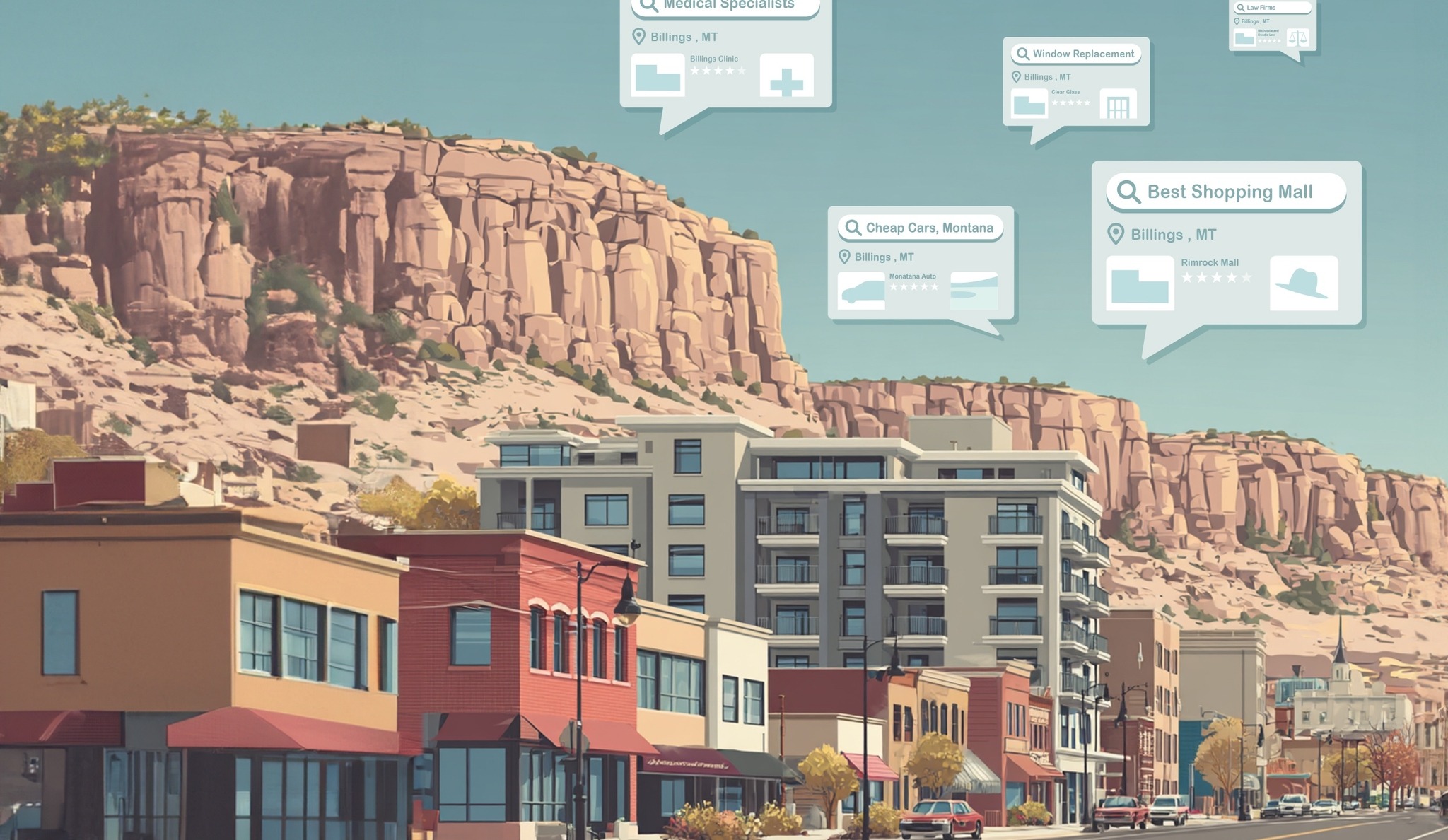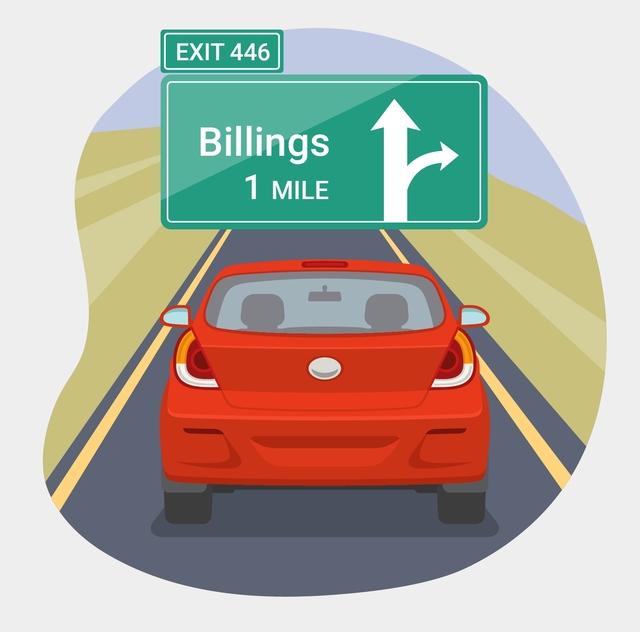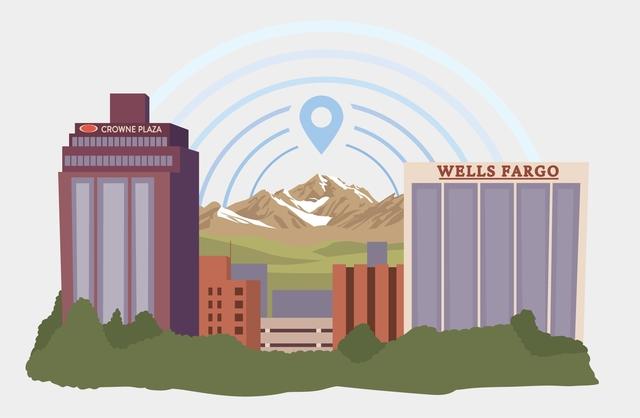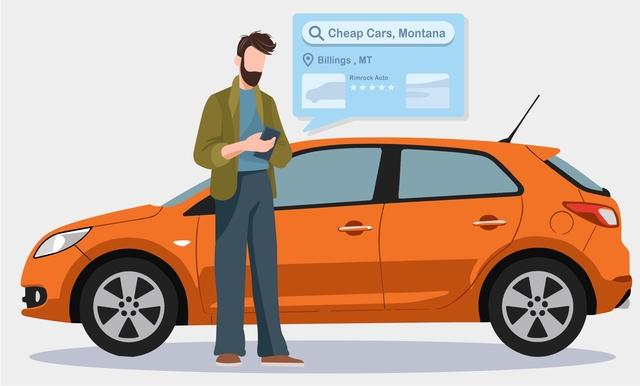
How Billings’ Size and Diversity Drive Broader Search Visibility
Montana’s Largest Market Shows How Scale Expands Online Reach
From Local Volume to Regional Reach
Across Montana’s digital landscape, each major city tells a different story of online visibility. Bozeman’s search activity peaks with tourism — a city whose digital footprint rises and falls with travel seasons.
Missoula, by contrast, maintains steady engagement year-round, driven by its academic community and consistent local population turnover.
Billings enters the picture as a third model altogether. As Montana’s largest city — and the commercial, medical, and financial center for much of the eastern half of the state — it represents scale in action. Businesses here benefit from a broad search radius and strong regional awareness, often drawing online traffic not just from Billings residents but from smaller surrounding communities.
Billings demonstrates how market size and economic diversity expand visibility well beyond city limits.
Billings by the Numbers

Residents from eastern Montana, northern Wyoming, and even parts of the Dakotas regularly search for Billings-based businesses when seeking specialized services that are unavailable in smaller towns — from healthcare providers to auto dealers and financial firms.
This “hub effect” magnifies digital exposure. A single search for “orthopedic surgeon near Miles City” or “truck parts Billings” often connects users across multiple counties, generating search volume that rivals or exceeds Montana’s more tourism-oriented markets in Bozeman and Missoula.
The Scale Effect: Why Larger Markets Generate Broader Search Demand
Billings’ larger population and economic diversity create a natural compounding search effect. More residents mean more local intent, and more businesses per category mean more competition — and therefore, more total searches.
Beyond that, the smaller surrounding communities also contribute to Billings’ search volume, since residents in nearby towns often look to Billings for services they don’t have locally. Industries with multiple providers — such as medical systems, dealerships, or marketing agencies — collectively lift search activity for their entire category, while brand searches, mobile travelers, and regional queries (“car rentals Billings,” “hospitals near I-90”) further expand the city’s online footprint.
In short, Billings’ visibility is a product of both population and proximity: a central market that draws search attention from hundreds of miles in every direction.
The Industries That Define Billings’ Online Footprint

- Healthcare & Medical Services: Billings Clinic and St. Vincent Healthcare anchor one of the region’s largest healthcare networks, generating constant demand for medical searches across Montana and northern Wyoming.
- Energy & Industry: With roots in oil, logistics, and construction, the industrial sector contributes consistent B2B and trade-related search activity.
- Retail & Commerce: As Montana’s major retail center, Billings attracts shoppers from across the region — supporting steady search interest in malls, dealerships, and specialty stores.
- Professional Services: Law, insurance, and finance firms maintain a broad service radius, often optimized for regional and agricultural keywords (“serving eastern Montana”).
Comparing Search Behavior: Billings vs. Smaller Montana Cities

- Bozeman — Tourism-driven searches tied to experiences and travel.
- Missoula — Consistent local engagement fueled by university turnover.
- Billings — Practical, transactional searches reflecting regional service demand.
In Billings, “local search” often carries regional intent — users may be 50 to 100 miles away but still looking for businesses within the city. Queries like “best hospital Billings MT” or “construction equipment near Hardin” show how the city’s role as a service center expands digital boundaries far beyond its metro limits.
Strategic Takeaways for Billings Businesses
Operating in Montana’s largest market means competing for — and capturing — a wider audience. To stand out, local businesses should:
- Differentiate clearly within their category to capture relevant intent in competitive results.
- Target regional keywords and long-tail phrases such as “serving eastern Montana” or “Billings and beyond.”
- Maintain accurate NAP data (Name, Address, Phone) across directories and focus on localized landing pages for service-area coverage.
- Leverage content relevance: In a city with broader competition, precision in messaging and service positioning is key.
- Clearly identify service areas to inform nearby markets if you are able to serve them.
Scale brings opportunity, but also heightens the importance of optimization and brand clarity.
Montana’s Center of Gravity for Search
Billings stands apart as Montana’s digital and economic anchor — a city whose search visibility stems not from tourism or academia, but from scale and reach. Its businesses benefit from a larger service radius, more diverse audiences, and consistent engagement across sectors.
Together, Bozeman, Missoula, and Billings illustrate three models of local visibility in Montana:
Bozeman: discovery.
Missoula: renewal.
Billings: scale.
Each reflects a different force driving search demand — and together, they reveal how geography, economy, and community shape Montana’s evolving digital landscape.


